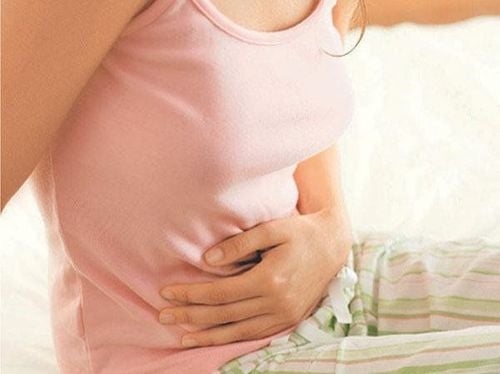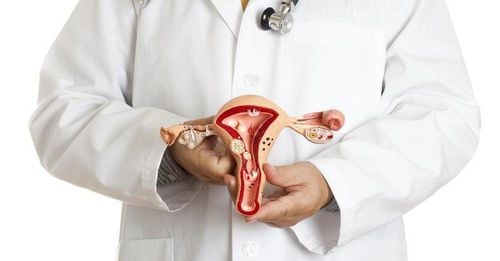This is an automatically translated article.
The article was professionally consulted by Specialist Doctor I Nguyen Thi Man - Department of Obstetrics and Gynecology - Vinmec Danang International General Hospital. The doctor has more than 10 years of experience in diagnosing, consulting and treating in the field of Obstetrics and Gynecology.Uterine fibroids are a very common disease in women of childbearing age, especially those with high oestrogen, who did not give birth or gave birth late. Uterine fibroids are a benign disease that, if detected early, can be cured very easily. Laparoscopic surgery for uterine fibroids is an effective way to treat this condition. So when can laparoscopic surgery, there will be details in the article below.
1. If fibroids are not treated, how dangerous will it be?
While fibroids are usually not dangerous, they can be uncomfortable and can lead to complications like anemia, fatigue, and heavy blood loss.Fibroids usually do not affect pregnancy. However, it is possible that uterine fibroids - especially submucosal fibroids - can cause infertility or miscarriage. Fibroids can also increase the risk of certain pregnancy complications, such as fetal growth restriction and premature birth.
2. Treatment of uterine fibroids by laparoscopic surgery

In some special cases, endocrine therapy using estrogen antagonists will be considered to preserve the uterus for patients who are still trying to conceive. These drugs need to be prescribed by a doctor.
2.2. When the patient is indicated laparoscopic removal of uterine fibroids The uterine fibroids are large, equivalent to the fetus in the 4th month (about 5cm or more), have not caused uterine bleeding and have not invaded the whole uterine area. Complicated tumor pressed into the abdominal cavity and degenerated. Women have menstrual disorders, menorrhagia, and hormonal instability. Fibroids are located under the mucosa or inside the ligament. There are symptoms that progress to malignancy. In addition, depending on the health status, size of the fibroids and the desire to have children of each patient, the doctor will decide whether to have laparoscopic surgery for fibroids or not? Most patients with uterine fibroids are indicated for surgery in the form of dissection or hysterectomy, etc., use laparoscopic surgery if eligible.
2.3. Advantages of fibroid surgery by laparoscopic method Laparoscopic surgery for uterine fibroids has high aesthetics, the incision leaves only a small scar (from 0.5-1cm) on the patient's abdominal wall. This technique makes the patient painless, can stop bleeding well, leave no scars and limit dangerous complications after surgery. Recovery time after surgery is fast: About 3-5 days and can fully recover in about 2-3 weeks, much shorter than the open surgery method for uterine fibroids. Patients after surgery have less pain, less infectious complications and are discharged earlier than open surgery.

Please dial HOTLINE for more information or register for an appointment HERE. Download MyVinmec app to make appointments faster and to manage your bookings easily.
Article referenced source: Mayoclinic.org













